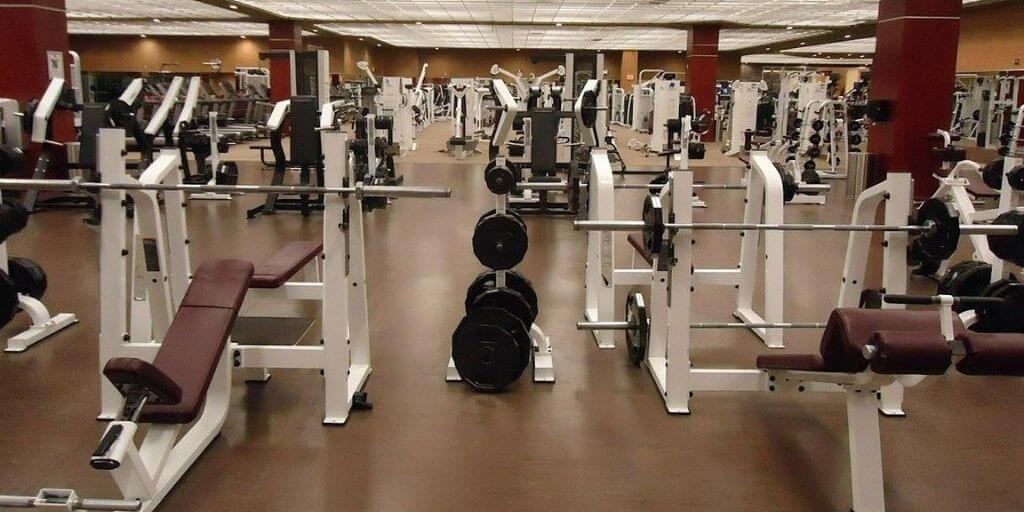On August 17, 2020, Governor Andrew Cuomo announced that gyms and fitness centers could finally reopen as early as August 24, 2020. However, reopening gyms would not be a simple task in New York. Operators must comply with extensive guidelines, including a mandatory on-site inspection by the local health department.
NYS Guidelines for Reopening Gyms & Fitness Centers
The New York State Department of Health has issued Summary and Detailed Guidelines for reopening gyms and fitness centers. The guidelines include recommended and mandatory procedures for social distancing, protective equipment, hygiene, cleaning, and disinfection, communication, and screening. They also provide pertinent information related to on-site activities and air handling systems.
Covered Businesses
The gym and fitness center guidelines cover a wide range of activities, such as:
- Fitness activities and facilities that stand alone or are located in a hotel, residence, or office
- Gyms and fitness centers located in higher education institutions
- Yoga/Pilates/Barre studios
- Boxing/kickboxing gyms
- Fitness boot camps
- CrossFit or other plyometric boxes;
- Other group fitness classes (e.g., spin, rowing, and dancing).
Although the guidelines take effect on August 24, 2020, county executives and the Mayor of New York City could delay the effective date until September 2, 2020. If your gym or fitness center has other facets of the business that operate out of the building that you intend to reopen, you will also be required to comply with other applicable industry-specific guidelines from the NYSDOH. Examples include fitness centers or gyms that contain restaurants, snack bars, pools, or childcare centers.
Mandatory Parameters
Gyms and fitness centers cannot exceed 33% capacity, counting both employees and patrons. Outdoor classes and activities are encouraged, to the extent practicable.
Classes or group activities are restricted to the lesser of:
- A size that permits social distancing of 6 feet between participants and the instructor;
- A maximum of 33% of a typical class size; or
- The social gathering limit set by the State, which is currently 50.
Both employees and patrons (who can medically tolerate them) must wear face coverings at all times. Everyone must also socially distance by keeping at least 6 feet apart.
Unlike most other businesses, gyms and fitness centers must be inspected by the local health department before or within 14 days after opening. Local health departments will inspect for compliance with the NYSDOH reopening guidelines.
High-risk activities that require physical contact, such as boxing and martial arts, are still prohibited. Businesses can refer to the separate “Interim Guidance for Sports and Recreation during the COVID-19 Public Health Emergency” to determine the level of risk, and corresponding restrictions, associated with various sports and recreational activities.
Air Filtration
The guidelines establish new standards related to air filtration systems. Gyms and fitness centers that have central air handling systems must use an HVAC filtration system that meets the highest-rated filtration compatible with the currently installed filter rack and air handling system. The minimum is a MERV-13, or industry equivalent or greater (e.g., HEPA), as applicable. A certified professional must document compliance in a written statement.
Facilities that have a central air handling system that cannot handle a MERV-13 or greater filtration system must obtain a statement from a certified professional confirming that the current system would not perform adequately with a higher filtration system. These facilities, along with those who do not control their central air handling systems, must adopt additional ventilation and air filtration mitigation protocols as set forth by the U.S. Centers for Disease Control (CDC) and the American Society of Heating, Refrigerating and Air-Conditioning Engineers (ASHRAE).
Other Standard Reopening Conditions
As with all other industry-specific guidelines set forth by the NYSDOH, gyms and fitness centers must create and implement a safety plan. The plan must include protocols for conducting health screenings and procedures for obtaining contact information for all employees, patrons, and visitors.
Thus must also develop a communication plan that allows the company to disseminate COVID-19 related information effectively.
What Should New York Gyms and Fitness Centers Do Next?
Gym and fitness center operators must review the guidelines and affirm that they have read, understood, and intend to implement them before reopening. You must prepare a written safety plan and post it on-site along with all other required signage. You must also schedule an on-site inspection with your local health department.
For our latest information on reopening your workplace and other issues of importance to New York employers, subscribe to our newsletter and follow Horton Law on LinkedIn.


